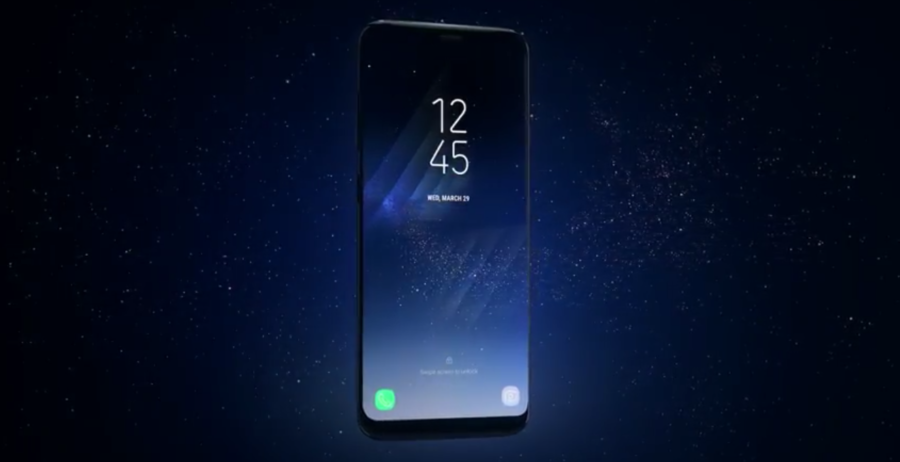With the release of Microsoft’s Windows 10 operating system a couple years back, the Redmond giant phased out the renowned (but mocked) Internet Explorer with its latest offering — Edge. This is the next-generation iteration of Internet Explorer and Redmond’s been hard at work, insistently trying to push users to switch and make it their default browser.
But, as expected, Windows 10 users have been wary of adopting the Edge browser as their default preference for day-to-day internet activity. Their first choice still continues to remain Google’s Chrome browser for one simple and obvious reason — it is quite reliable.
In addition, Google’s browser offering is ahead of Microsoft because the former is updated with innovative new features frequently. They are not only restricted to security patches but regularly bring along performance (like browsing speed, load times) upgrades to the browser as well. Whereas, Microsoft Edge lags quite behind on this front.
The Edge browser is updated with new features and performance updates only twice per year, that too when Microsoft has switched back to a bi-annual Windows 10 update cycle. It tests out new Edge features round the year via preview builds released for Windows Insiders but those features are only released to the general masses with the major updates – such as the Anniversary, Creators Update.
For example, the Windows 10 Anniversary Update brought along the ability to load extensions into the browser – something which is already common in other apps. The recently launched Creators Update adds the capability to read .epub ebooks and an improved tab management feature.
Microsoft also releases some security patches for Edge browser from time to time, but this whole process is now about to change very soon. Citing insider sources, Windows-focused publication Neowin.net reports that users will be able to receive updates for the Edge browser via the Windows Store. This, however, doesn’t necessarily mean that you’ll get the functionality to uninstall the browser via the Start Menu — especially when the change being made is to push its usability among users.
The direction which Redmond should’ve taken long ago is finally being tread upon. Microsoft has decided to convert its Edge browser from the usual Win32 system app into a UWP (Universal Windows Platform) one along with the next major ‘Redstone 3’ update. This is scheduled to roll out in September later this year. This will enable the company to push any number of upgrades, littered with a new and updated feature set, to the users on a regular basis.
This action plan will enable Microsoft Edge to become competitive against its prominent rival browsers such as Chrome, Firefox, and others. This may also be the case because the Redmond giant is planning to release a stripped-down, educational-focused Chrome OS competitor called Windows 10 Cloud.
This new iteration will be shown off at the company’s Build 2017 developer conference happening in a couple weeks from now. And the differentiating factor with the software will be that it runs only Windows 10 Store apps instead of Win32 software programs. The same is possibly driving the company’s decision to finally convert Microsoft Edge into a Windows app, so it becomes readily available to its new users — who’ll use Windows 10 Cloud.
Microsoft’s Build 2017 conference, which is scheduled to start on May 10, would also be Microsoft’s playground for showcasing other innovations and upgrades to their software and solutions. The company is planning to completely overhaul the user interface of their Windows 10 offerings — called Project Neon.
The Tech Portal is published by Blue Box Media Private Limited. Our investors have no influence over our reporting. Read our full Ownership and Funding Disclosure →






